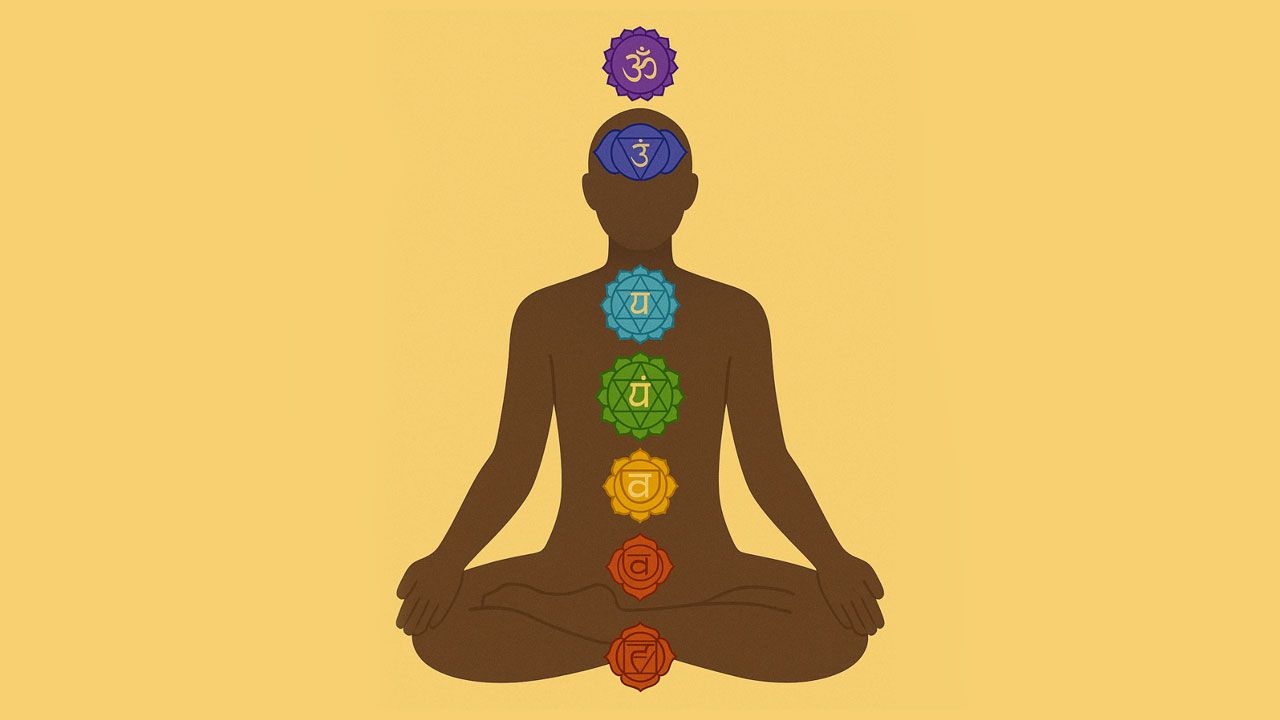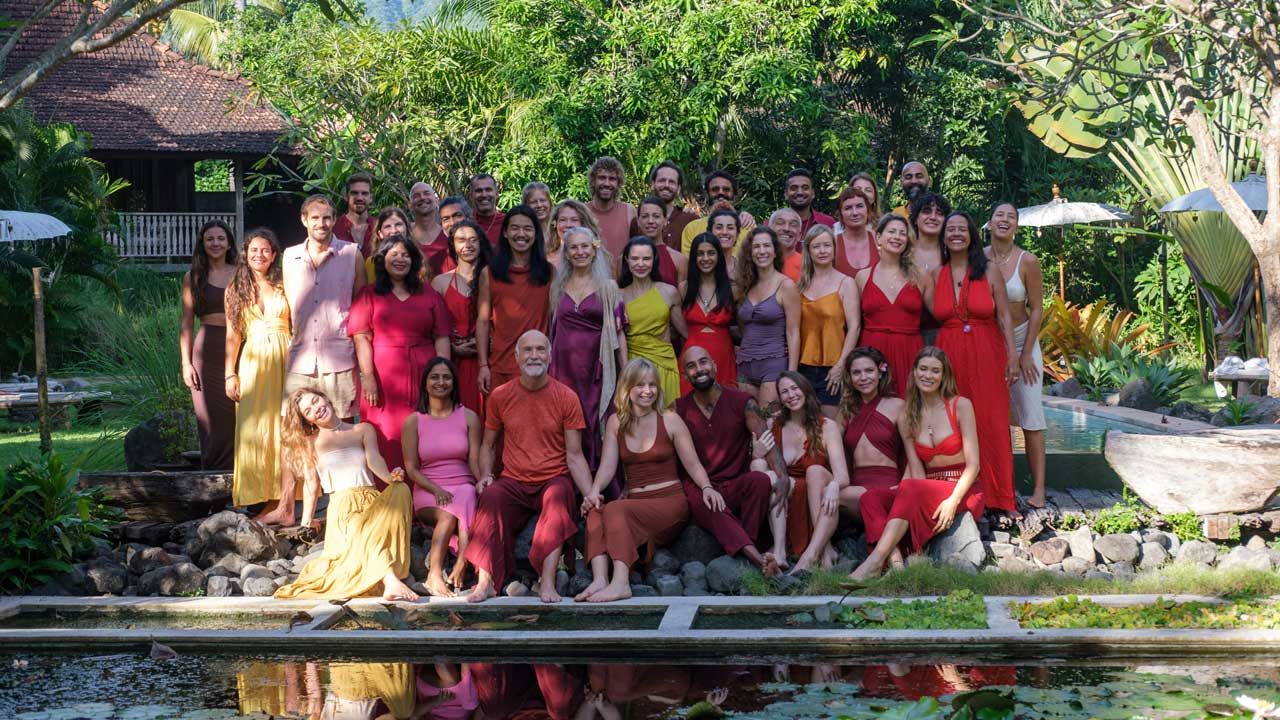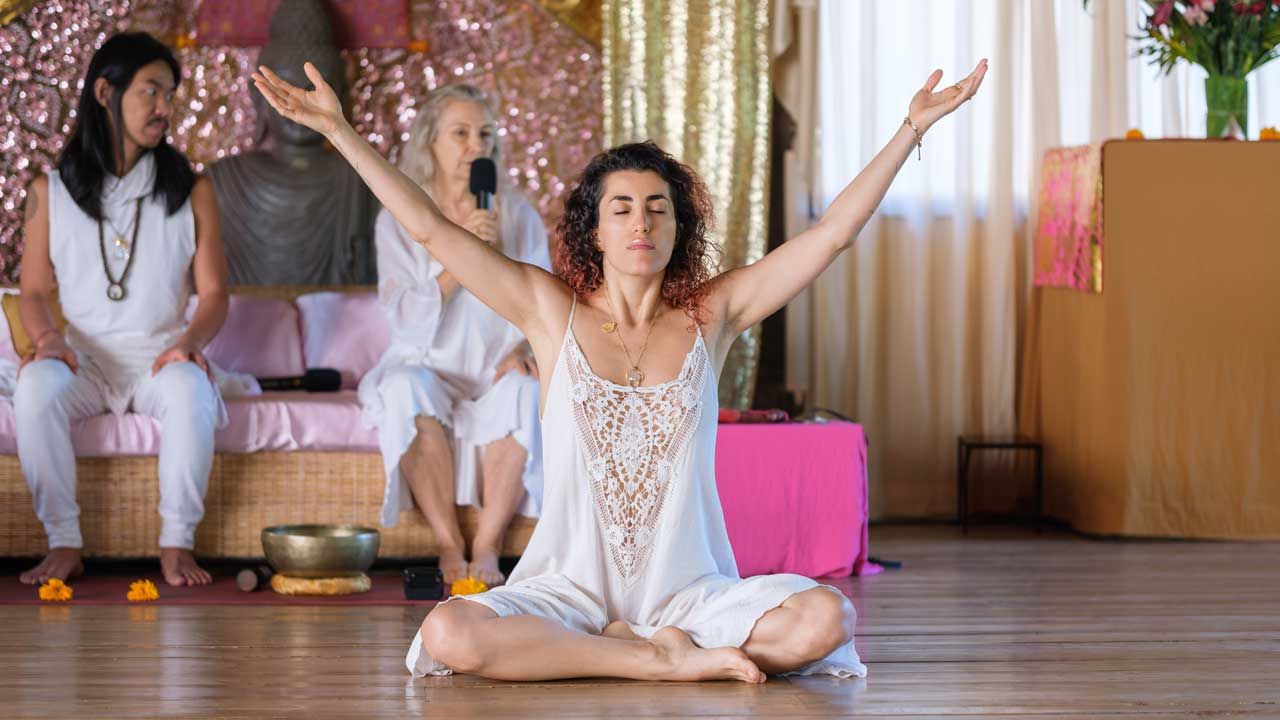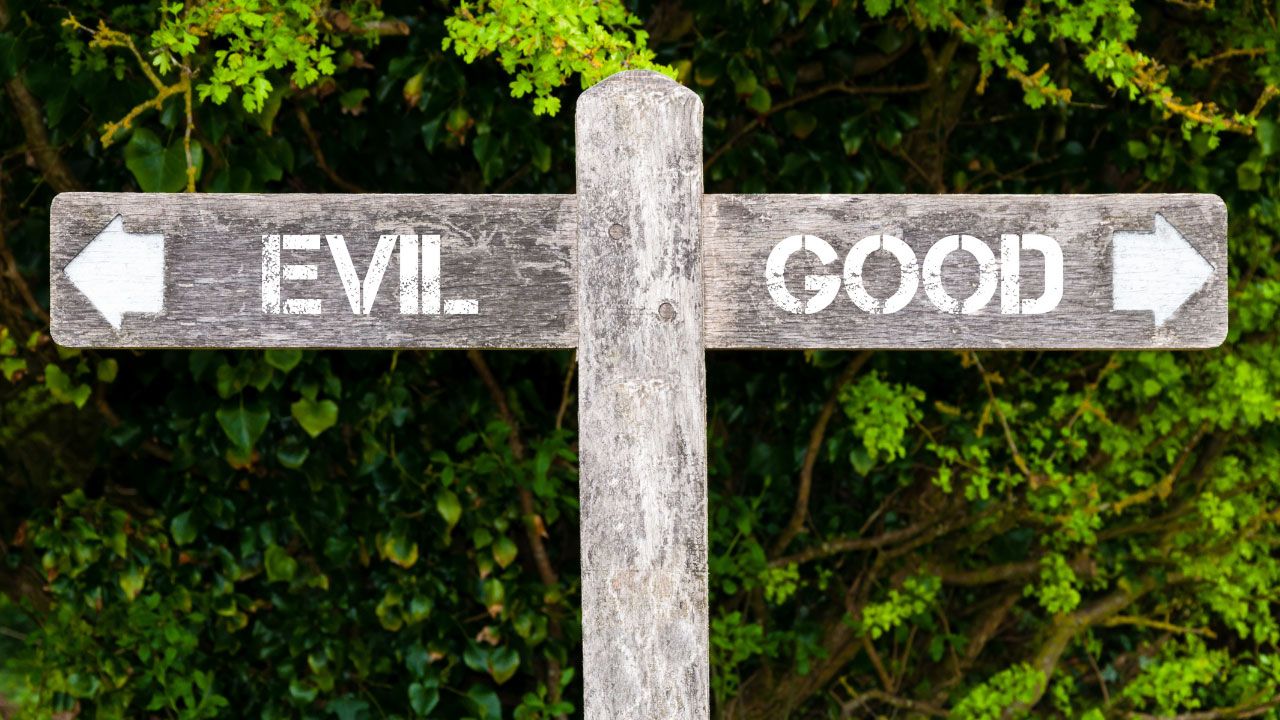Chakra Symbols: What They Mean and Why They Matter
Dec 09, 2024
You’ve probably seen chakra symbols before, on yoga mats, in meditation apps, or even as tattoos. But have you ever stopped to wonder what they actually mean? These ancient designs are packed with wisdom that can help you feel more grounded, balanced, and in tune with yourself.
Each chakra symbol tells a story about energy, emotion, and connection. These symbols map out a system that’s been guiding people on their spiritual journey for thousands of years. At their core, chakra symbols are about making sense of your energy and how it flows through your life.
What Are Chakras?
Chakras are energy centers that hum with the essence of life, forming an invisible network within the human body. More than just spiritual constructs, chakras represent the dynamic interplay of energy and the vital life force that sustains our physical vitality, shapes our emotions, and fuels our spiritual journey.
Rooted in ancient Indian traditions, the term “chakra” derives from the Sanskrit word for “wheel” or “disk,” capturing their spinning, cyclical nature. Like tuning forks, they vibrate with unique frequencies, responding to the rhythms of the universe and connecting us to something far greater than ourselves.
They are portals, inviting us to explore the deeper layers of existence and embrace the vibrant energy that sustains all life.
The Seven Major Chakras

The chakra system is composed of seven primary chakras, each positioned along the spine, starting from the base and extending to the crown of the head. These chakras are part of the body's energy pathways, facilitating the flow of energy throughout the body.
- Root Chakra (Muladhara): Located at the base of the spine, it is associated with survival, stability, instinctual energy including sexuality and grounding. Its energy connects you to the Earth and supports your sense of security.
- Sacral Chakra (Svadhisthana): Situated just below the navel, this chakra governs birth and death, pleasure, and emotional fluidity. It is the seat of sensuality.
- Solar Plexus Chakra (Manipura): Found in the upper abdomen, it represents personal power, confidence, vulnerability, and the ability to manifest your true soul calling. The primary lesson here is to become vast enough to contain contradictions.
- Heart Chakra (Anahata): Centered in the chest, this chakra is the bridge between the physical and spiritual realms. It embodies love, compassion, empathy and harmony.
- Throat Chakra (Vishuddha): Located at the throat, it governs communication, self-expression, and truth. Its energy inspires clarity and creative expression.
- Third Eye Chakra (Ajna): Positioned between the eyebrows, this chakra connects to intuition, insight, and higher wisdom.
- Crown Chakra (Sahasrara): Found at the top of the head, it represents spiritual connection and enlightenment, linking the individual to universal consciousness.
Origin and History of Chakra Symbols

The chakra system finds its origins in the Vedas, ancient Indian scriptures that date back to 1500–500 BCE (though there are some speculations that they may be much older, perhaps even dating back 20,000 years.) In these texts, the chakras were initially understood as focal points of vital energy. However, their early descriptions were less elaborate compared to the symbolic representations we recognize today.
A significant evolution in the understanding of chakras occurred in the Upanishads, mystical writings that extended the teachings of the Vedas. These texts introduced the concept of nadis, or energy pathways, and prana, the vital life force that flows through them. They described the chakras as centers where these pathways intersect, creating dynamic energy vortices within the subtle body.
The first visual and symbolic representations of the chakras began to emerge in later Tantric texts, particularly around the 6th century CE. These writings detailed the chakras as lotus flowers with varying numbers of petals, each petal inscribed with Sanskrit syllables and linked to specific mantras and deities. The symbology served not only as a map for meditation but also as a tool to awaken and align these energy centers.
The Yoga Sutras of Patanjali provided a practical approach to working with the chakras through focused meditation, breath control (pranayama), and ethical discipline. Though the Sutras did not elaborate on chakra symbols directly, they emphasized practices that later became foundational to chakra activation and alignment.
As the system developed, Tantric traditions and yogic practices brought further depth, associating the seven main chakras with specific colors, elements, and emotional qualities. These details, particularly prominent in the Shat-Chakra-Nirupana text, solidified the framework of the seven chakras and their now-familiar visual representations.
Chakra Symbols and Their Meanings
Root Chakra: Muladhara - RED

- Symbol: A four-petaled lotus with a square and a downward-facing triangle.
- Location: At the base of the spine, in the pelvic floor region.
- Color: Red, symbolizing vitality, strength, and the primal life force.
- In Tune With: Bones, legs, feet, large intestine, and adrenal glands.
- Out of Balance: Insecurity, fear, financial instability, and physical discomfort in the lower body.
- Balanced: Groundedness, stability, and a strong sense of security.
- Element: Earth (Prithvi), representing earth element, solidity and grounding.
- Bija Mantra: LAM, invoking grounding energy.
- Deities: Brahma, the creator, and his Shakti, Dakini, symbolize potential and action.
- Tools: Walking barefoot on natural ground, grounding meditations, and working with Hematite or Red jasper.
- Polarity: This chakra is a positive polarity in men and a receptive polarity for women.
Muladhara is the foundation of the chakra system, deeply rooted in the Earth’s energy. This chakra represents survival, safety, and stability, providing the grounding necessary to navigate life’s challenges. It also represents our instinctual nature and sexual energy. When balanced, Muladhara fosters a profound sense of security, zest for life and connection to the present moment.
The name “Muladhara” means “roots” or “support” in Sanskrit, reflecting its role as the base of our physical and energetic existence. It is the dwelling place of the dormant Kundalini energy, which interacts with dynamic energy vortices.
The four petals represent the four fundamental aspects of the mind: manas (mind), buddhi (intellect), chitta (consciousness), and ahamkara (ego). The square symbolizes stability and structure, reflecting the grounding nature of this root chakra symbol. The downward-facing triangle channels energy into the Earth, reinforcing its connection to survival and the physical world. Together, these elements emphasize security, rootedness, and the foundation of all growth.
Sacral Chakra: Svadhishthana - ORANGE

- Symbol: A six-petaled lotus with a crescent moon and two interlocking circles.
- Location: In the lower abdomen, around the womb (for women) or navel area.
- Color: Orange, representing joy, warmth, and creative expression.
- In Tune With: Liver, gallbladder, hypothalamus, uterus, and ovaries.
- Out of Balance: Depression, emotional numbness, creative blocks, or dependency in relationships.
- Balanced: Joy, emotional fluidity, creativity, and a deep sense of sensual connection.
- Polarity: Positive polarity in women, receptive in men.
- Element: Water (Aap), symbolizing flow and adaptability.
- Bija Mantra: VAM, associated with the flow of water and emotions.
- Deities: Vishnu, the preserver, and Rakini, embodying fluidity and transformation.
- Tools: Meditations on emotions, sensual dance, swimming, and using affirmations like “I embrace my creativity and joy.”
Svadhishthana, the second chakra, embodies emotional fluidity and creative energy. It governs sensuality, adaptability, and our connection to life’s cycles. By working with this chakra, we open to the flow of emotions and face the dual portals of birth and death with acceptance and transformation. “Svadhishthana” translates to “one’s own abode,” symbolizing the personal and sacred space where creative and emotional energy resides.
The six petals correspond to emotions like desire, anger, greed, delusion, pride, and envy, which are refined through the chakra's energy. The crescent moon signifies the fluid and cyclical nature of emotions and creativity, as well as the connection to water. The interlocking circles evoke the cycles of birth, death, and rebirth, highlighting transformation and adaptability. This symbol encourages acceptance of emotional and sensual experiences as a gateway to deeper creativity.

Discover Deeper Insights in TANTRA Alchemy
For an even more immersive exploration, Ma Ananda Sarita’s book, Tantra Alchemy offers a comprehensive guide to Tantra practices and meditations designed to awaken each chakra. Within its pages, you’ll find step-by-step techniques to work with your energy centers, ignite Kundalini energy, and cultivate a deeper connection with yourself and the universe. The book also delves into the practice of focused meditation to enhance your spiritual journey.
Solar Plexus Chakra: Manipura - YELLOW

- Symbol: A ten-petaled lotus surrounding a downward-pointing triangle.
- Location: Above the navel, in the epigastric plexus.
- Color: Yellow, symbolizing clarity, vitality, and radiance.
- In Tune With: Stomach, spleen, pancreas, lungs, and large intestine.
- Out of Balance: Low self-esteem, indecision, or aggression.
- Balanced: Confidence, inner peace, strength, and harmony between opposites.
- Polarity: Positive polarity in men, receptive in women.
- Element: Fire (Tejas), representing transformation and vitality.
- Bija Mantra: RAM, channeling the fiery energy of willpower.
- Deities: Rudra, a fiery aspect of Shiva, and his Shakti, Lakini, representing balance and wisdom.
- Tools: Core exercises, sun salutations, laughter therapy, and affirmations like “I am confident and capable.”
Manipura, the third chakra, is the center of personal power, confidence, and transformation. This chakra governs the ability to take action, assert boundaries, and manifest goals. Its fiery energy fuels determination and burns away limiting beliefs. “Manipura” means “city of jewels,” representing the abundance of energy and power found here.
The ten petals symbolize qualities like joy, clarity, greed, jealousy, fear, shame, delusion, ignorance, and spiritual blindness, which the chakra transforms. The downward triangle represents the transformative energy of fire and the focus on harnessing personal power. This chakra’s symbol captures the interplay of opposites and the balance required to channel energy into confidence, willpower, and self-esteem.
Heart Chakra: Anahata - GREEN or PINK

- Symbol: A twelve-petaled lotus with two intersecting triangles forming a six-pointed star.
- Location: At the heart level, corresponding to the cardiac plexus.
- Color: Green, representing growth and renewal, or pink, reflecting unconditional love.
- In Tune With: Heart, small intestine, and thymus gland.
- Out of Balance: Grief, jealousy, isolation, or lack of forgiveness.
- Balanced: Compassion, love, and deep emotional harmony.
- Polarity: Positive polarity in women, receptive in men.
- Element: Air (Vayu), symbolizing lightness and openness.
- Bija Mantra: YAM, channeling the energy of love and compassion.
- Deities: Isha, the lord of mercy, and his Shakti, Kakini, representing joy and devotion.
- Tools: Heart-opening yoga poses, forgiveness rituals, and affirmations like “I am open to giving and receiving love.”
Anahata, the fourth chakra, is the center of love, compassion, and emotional balance, enabling us to transcend personal limitations and embrace universal love. “Anahata” translates to “unstruck sound,” symbolizing the vibration of the universe and the pure essence of the heart.
The twelve petals symbolize qualities like joy, peace, love, patience, harmony, understanding, empathy, clarity, purity, compassion, forgiveness, and bliss. The intersecting triangles represent the union of masculine (Shiva) and feminine (Shakti) energies, highlighting the balance of giving and receiving love. The six-pointed star embodies harmony and the integration of opposites, reflecting the chakra's role as a bridge between the physical and spiritual realms.
Throat Chakra: Vishuddha - TURQUOISE

- Symbol: A sixteen-petaled lotus with a circle and a downward-facing triangle
- Location: In the throat, linked to the thyroid gland.
- Color: Turquoise, symbolizing calm expression and clarity.
- In Tune With: Thyroid, ears, and vocal cords.
- Out of Balance: Inability to speak up, fear of judgment, or overtalking.
- Balanced: Clarity in communication, creativity, and alignment with inner truth.
- Polarity: Positive polarity in men, receptive in women.
- Element: Ether (Akasha), representing space and vibration.
- Bija Mantra: HAM, resonating with purity and truth.
- Deities: Sadashiva, a form of Shiva representing balance, and Nataraj, the cosmic dancer.
- Tools: Singing, mantra chanting, and silent meditation.
Vishuddha, the fifth chakra, governs authentic self-expression and creativity. This center allows for the clear articulation of inner truth and fosters a connection between thought and manifestation.
“Vishuddha” means “purification,” reflecting its role in transforming and refining communication.
Third Eye Chakra: Ajna - INDIGO

- Symbol: A two-petaled lotus with a downward-facing triangle.
- Location: Between the eyebrows, connected to the pineal and pituitary glands.
- Color: Indigo, representing depth and spiritual insight.
- In Tune With: Brain, eyes, and nervous system.
- Out of Balance: Confusion, over-reliance on rationality, or disconnection from intuition.
- Balanced: Clarity, strong intuition, and connection to inner wisdom.
- Polarity: Positive polarity in women, receptive in men.
- Element: Light, symbolizing illumination and awareness.
- Bija Mantra: OM, representing universal knowledge and spiritual awakening.
- Deities: Shiva as the supreme teacher, and Shakti Hakini, representing wisdom and inner vision.
- Tools: Meditation, visualization, and practices that enhance intuitive spiritual awareness, such as silent witnessing.
Ajna, the sixth chakra, is the center of intuition, inner vision, and higher consciousness. It governs insight and clarity, connecting the physical world with spiritual understanding. “Ajna” means “command,” symbolizing its role as the center of guidance and perception.
The two petals signify duality and the balance between opposites, such as intuition and intellect or the conscious and subconscious mind. The downward triangle represents the connection to higher wisdom and the focus required to access inner vision. Ajna’s symbol underscores its role as a portal to clarity, insight, and spiritual awakening, merging rational thought with universal understanding.
Crown Chakra: Sahasrara - VIOLET merging into WHITE

- Symbol: A thousand-petaled lotus flower.
- Location: At the crown of the head, extending beyond the physical body into the subtle energy field.
- Color: Violet, merging into white light, representing purity and transcendence.
- In Tune With: Brain, nervous system, and universal energy.
- Out of Balance: Disconnection from spirituality, lack of purpose, or feelings of isolation.
- Balanced: Deep peace, unity, and a connection to higher consciousness.
- Polarity: Beyond duality, encompassing all energies.
- Element: Cosmic Energy, representing oneness and the infinite.
- Bija Mantra: Silent OM or the soundless sound, symbolizing the essence of the universe.
- Deities: Shri Lalita Devi, the thousand-named goddess, embodying divine grace and universal connection.
- Tools: Silent meditation, prayer, sacred rituals, and advanced practices like Osho Mahamudra Meditation. You can purchases the guided meditation and music for Mahamudra Meditation here.
Sahasrara, the seventh chakra, is the center of spiritual connection and enlightenment. It transcends the physical and connects the individual to universal consciousness, offering a profound sense of unity and oneness. “Sahasrara” means “thousand-petaled lotus,” symbolizing the infinite nature of consciousness.
The thousand petals symbolize the infinite nature of consciousness and the unfolding of universal truth. The lotus itself represents spiritual enlightenment and purity, as it rises from the mud to bloom above water, untouched by impurities. Sahasrara’s symbol embodies the transcendence of duality and the unity of all existence, linking the individual to cosmic consciousness and divine grace.
Sacred Geometry in Chakras

The sacred geometry embedded within chakra symbols originates from the ancient Yagna symbols of the Vedic tradition: square, circle, triangle, half-moon, and ingots (dumplings). These shapes each resonate with universal principles:
- Square: The square represents stability, grounding, and a solid foundation, as seen in the Root Chakra’s symbol. It anchors us to the present moment and connects us to the physical world.
- Circle: Symbolizing infinite space and unity, the circle represents wholeness and the interconnected nature of existence.
- Triangle: Often associated with the feminine and the water element, the triangle reflects creativity, flow, and the dynamic interaction of male and female energies. It channels upward or downward movement, signifying transformation and focus.
- Half Moon:Found in the Sacral Chakra symbol, the half-moon embodies the cyclical nature of emotions, creativity, and the phases of life.
- Ingots (Dumplings) Representing transformation and the manifestation of energy into physical form, these shapes highlight the process of turning potential into reality.
- Ingots (Dumplings) Beyond duality, encompassing all energies.
By meditating on these geometric forms within the chakra symbols, we align ourselves with the greater cosmic design. They remind us that balance and harmony are not static but dynamic, evolving with the flow of life itself.
Conclusion
Chakra symbols encapsulate universal principles of energy, consciousness, and transformation. Each intricate detail, from the number of petals to the interplay of geometric shapes, represents specific vibrations and energies that resonate within our bodies and the cosmos. These ancient symbols are inviting us to journey inward and explore the profound truths of our existence.

Join Our Tantra Massage Course!
Dive deeply into the wisdom of the seven chakras through our Tantra Massage Course, where we don’t just study the symbols, we embody them. Through guided practices, experiential learning, and sacred touch, you’ll learn how to harmonize and heal your energy centers.















